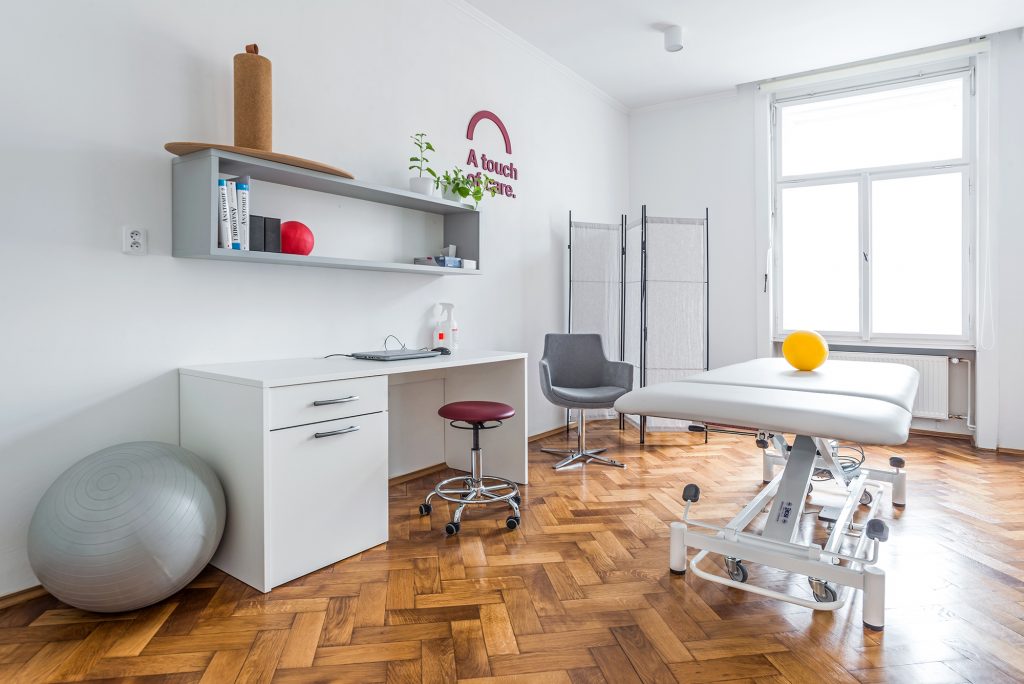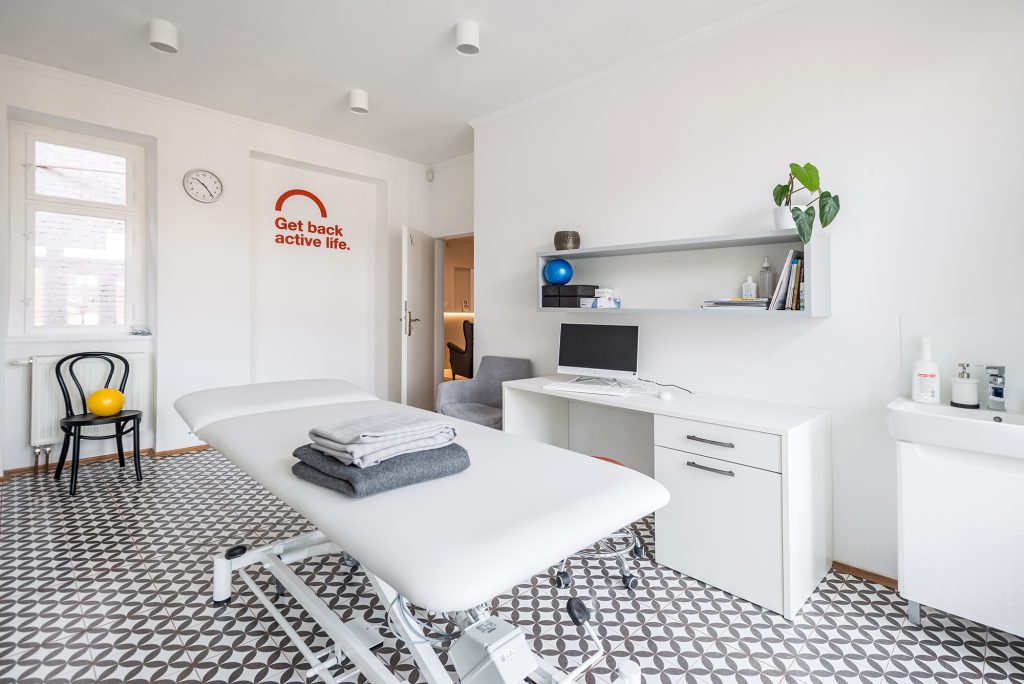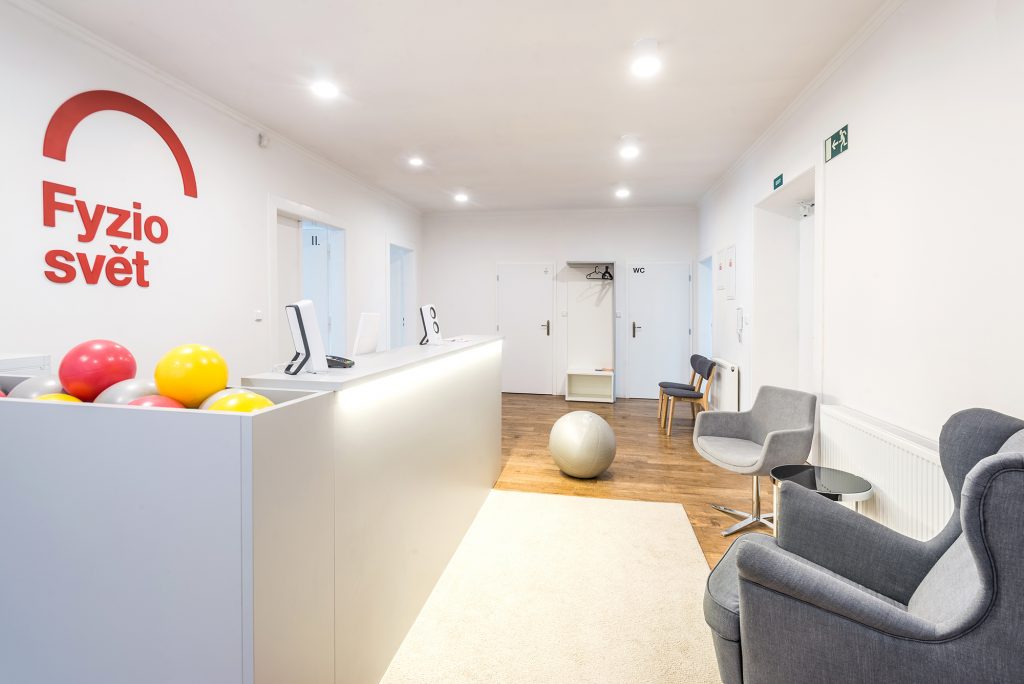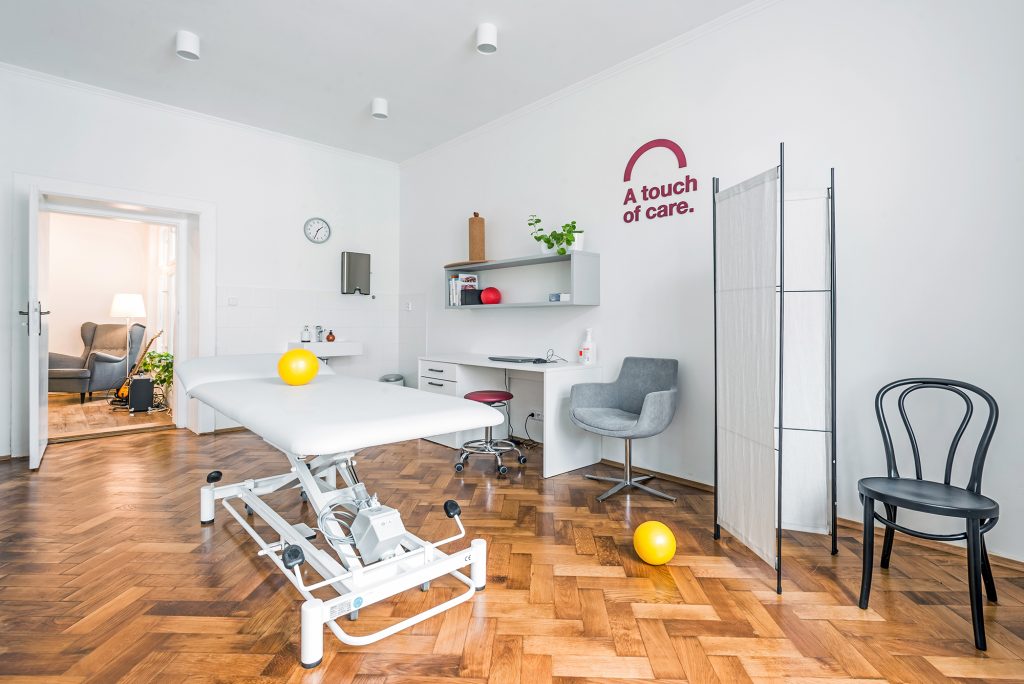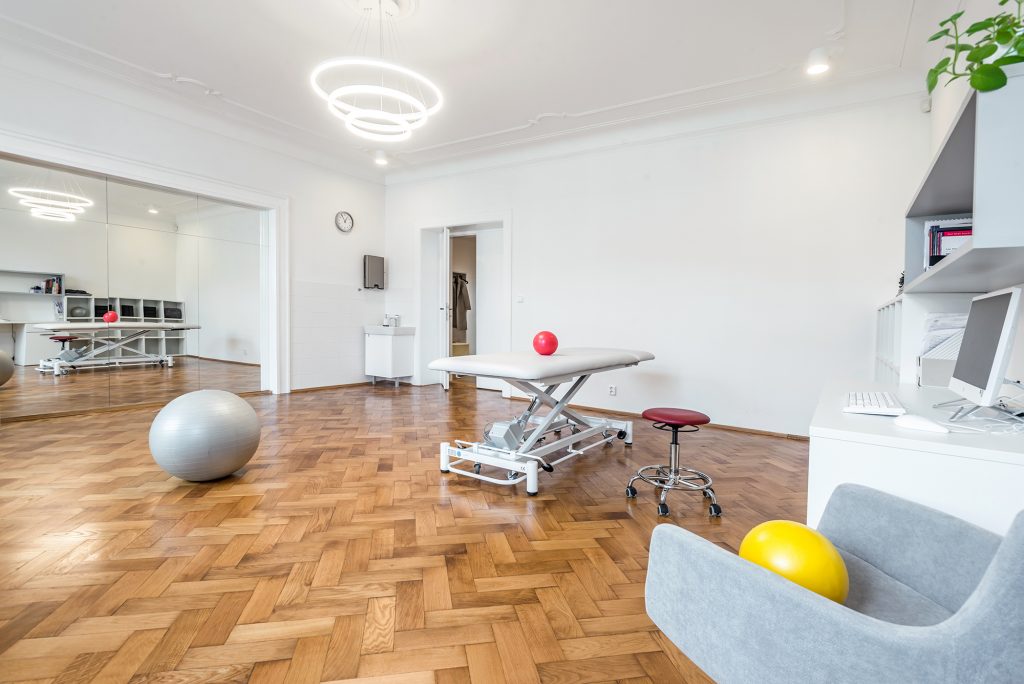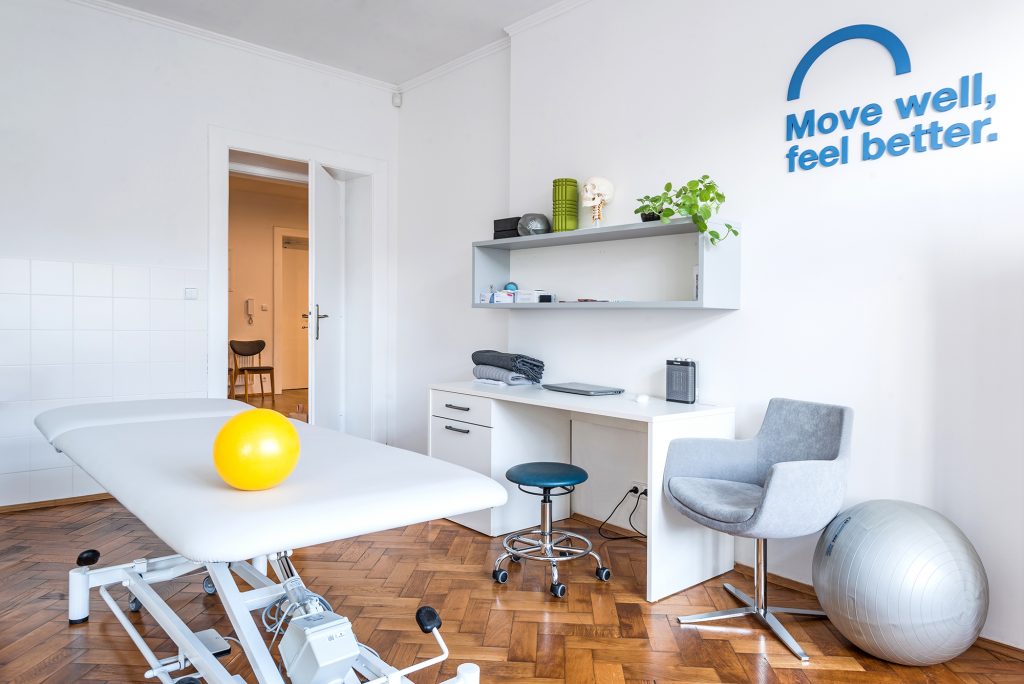Cervical Spine Pain
Our lives have changed dramatically in a short period. Work and leisure have shifted from real-life interactions to screens—computers, phones, and tablets. We spend hours commuting, sitting at work, or in classrooms. Mental stress has become a daily part of modern life. All these factors put a strain on the cervical spine, often resulting in pain that may also be associated with headaches, shoulder discomfort, and radiating pain into the arms.
What can cause cervical spine pain?
- Sedentary lifestyle and poor workplace ergonomics
- Aftereffects of a concussion or car accident (whiplash syndrome)
- Mechanical compression of cervical nerves
- Poor posture
- Vision problems
- Jaw joint disorders
- Altered breathing patterns related to painful abdominal conditions
- Stress
How can physiotherapy help?
At Fyzio svět, treatment begins with an assessment to determine the underlying cause of your pain. After diagnosis, the physiotherapist will explain the therapy process. In some cases, it’s important to address areas outside the cervical spine to prevent recurrence of symptoms. This typically involves relieving overloaded muscles, addressing joint blockages, and using exercises to properly align the spine and strengthen muscles effectively. The spine is then stabilized with specific exercises that activate deep muscles, gradually improving overall body posture and restoring full range of motion without pain or limitations.
Tips to Avoid Cervical Spine Pain
- Check your posture to ensure your head and shoulders are not protruding forward.
- Take regular breaks during activities that keep your head in one position, such as sitting at a computer, driving, reading, or nursing.
- Learn about proper breathing techniques.
- Pay attention to correct movement techniques during sports like fitness, swimming, and cycling.
- Notice muscle tension in your neck and face throughout the day, and try to relax those muscles.
- If you’re sensitive to stress, actively engage in relaxation activities (sports, massages, walks).
- If reading or working on a computer exacerbates your symptoms, have your vision checked by a doctor.
- Adjust your workspace ergonomically.
- Follow your physiotherapist’s recommendations for compensation.
